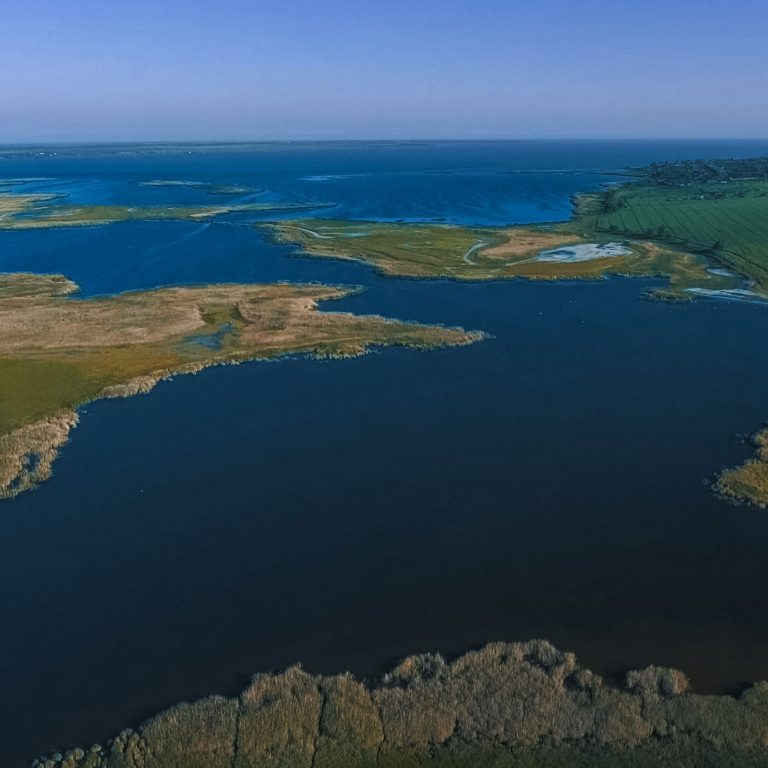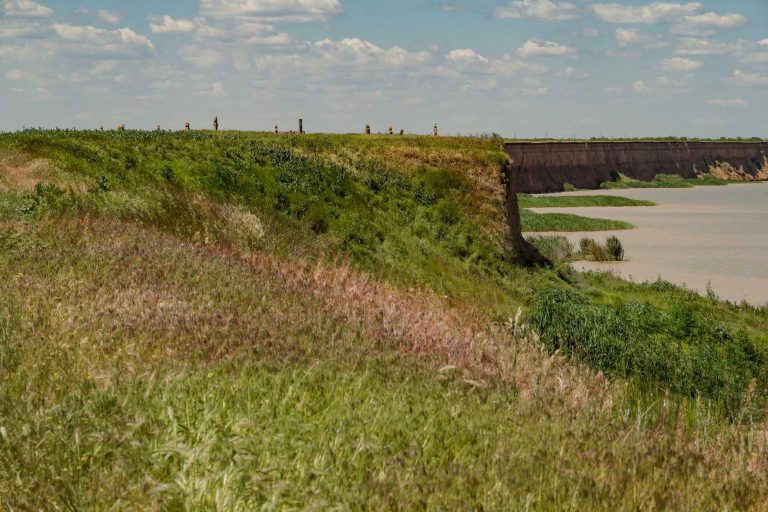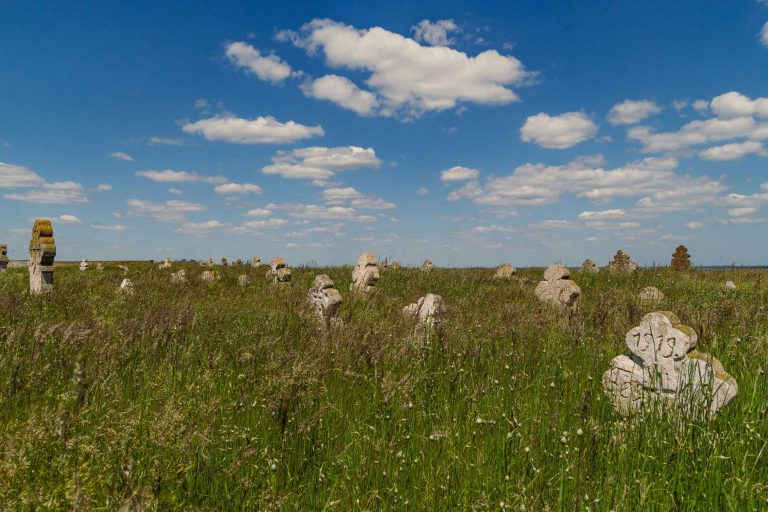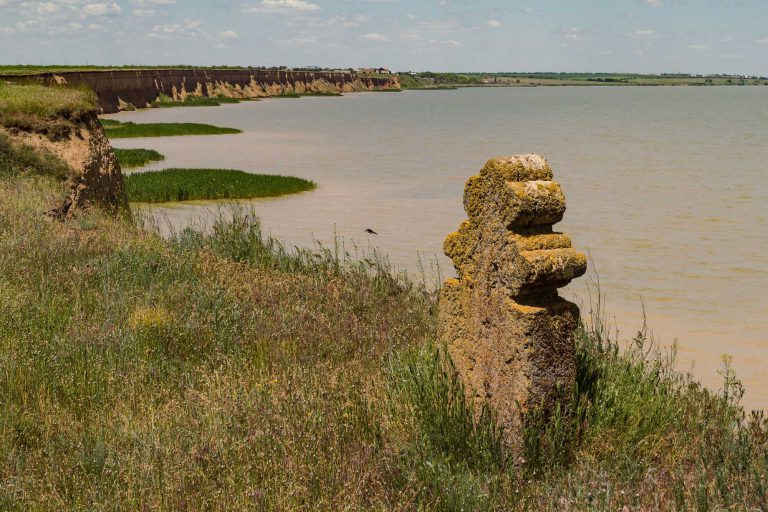Tuzly Estuaries National Nature Park is a chain of 13 estuaries in the catchment area of the Danube and the Dniester rivers. Estuaries, and in particular the largest ones, are called the Black Sea maternity home, since there are enormous resources for reproduction of biological diversity. In spite of this, for quite a long time the reserve has been turning into a settling tank. Just a few years ago, the environmentalists stepped in and began the process of natural recovery of the territory.
In 1995, the system of estuaries was included in the list of wetlands of international importance. However, the mentioned status of a park was acquired only in 2010.
This part of Odessa oblast (administrative unit) has assimilated all the diversity of the flora and fauna of the Black Sea, as the park provides a habitat to almost 300 species of birds, about 60 species of fish in local waters, and 37 species of animals.
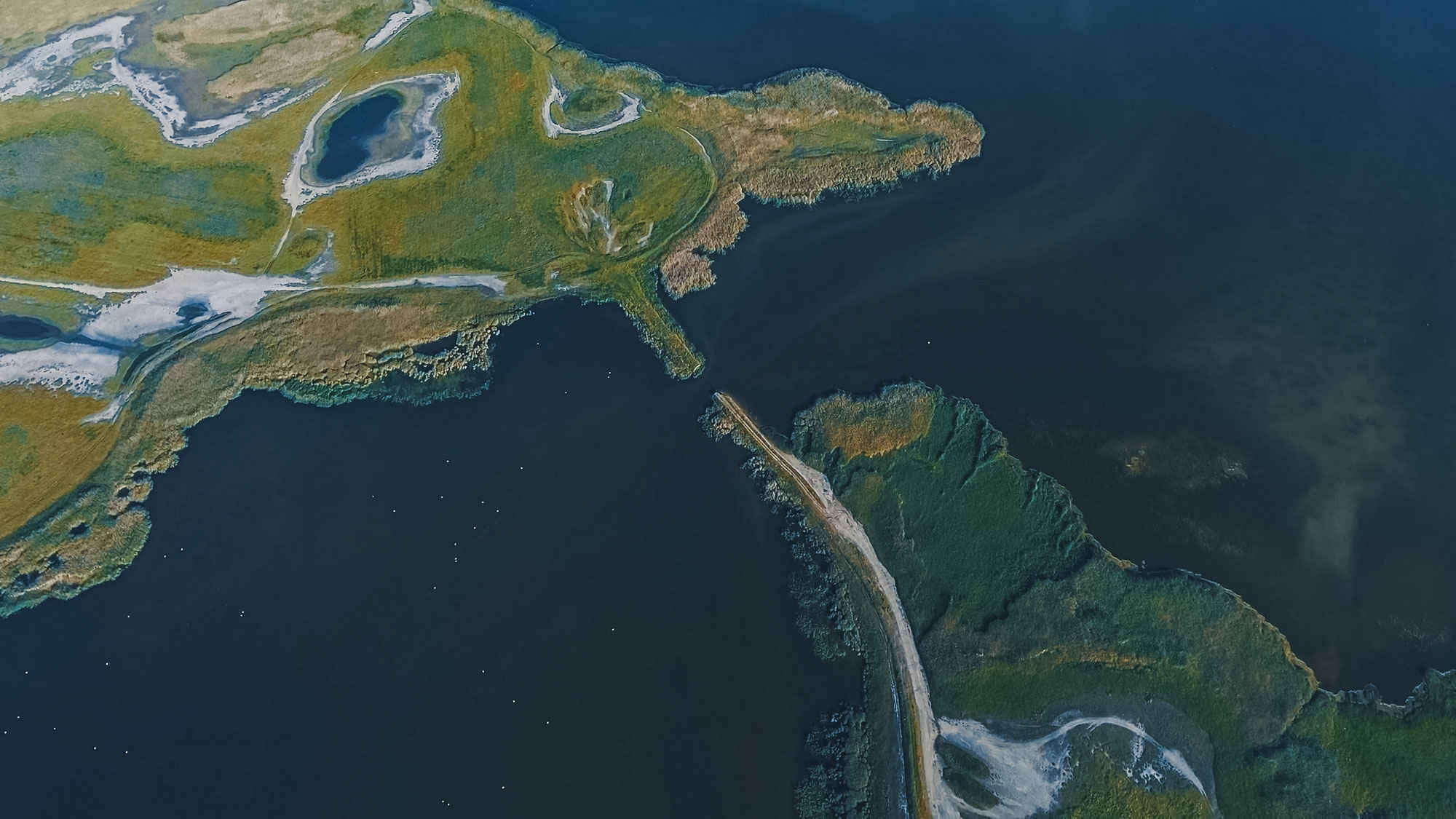
For some birds, estuaries are a kind of a transshipment station on the way to Asia and Africa. Some of them nest and spend winter right there on the estuaries.
Most of the birds are listed in the Red Book of Ukraine and the European Red List, among which common shellducks, white-fronted geese, a Eurasian curlew, a black-winged stilt, a pied avocet, a little bustard and many other species which are on the verge of extinction.
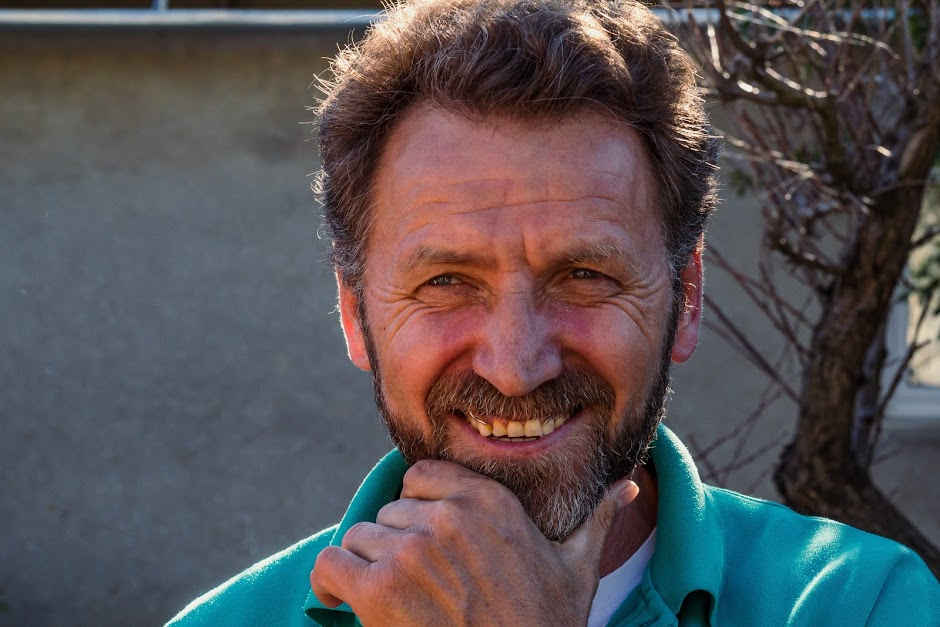
Ivan
Ivan Rusiev, the ex-director of the park, has been taking care of the protected area since 2015. This man knows and loves every inch of this territory:
— We have many species of herons: great, little egrets, white, squacco, black-crowned night, gray, purple, great bittern. We have five species of the mullets. Mullets are millions of fish that migrate from Bulgarian, Turkish coasts of the Black Sea to us. And the way they form large schools is an unsurpassed phenomenon. I saw them pretty small entering our estuary and rather big when they were leaving. There are thousands of them. When they are grouping in the channel you cannot see water between them. My task is to preserve these species.
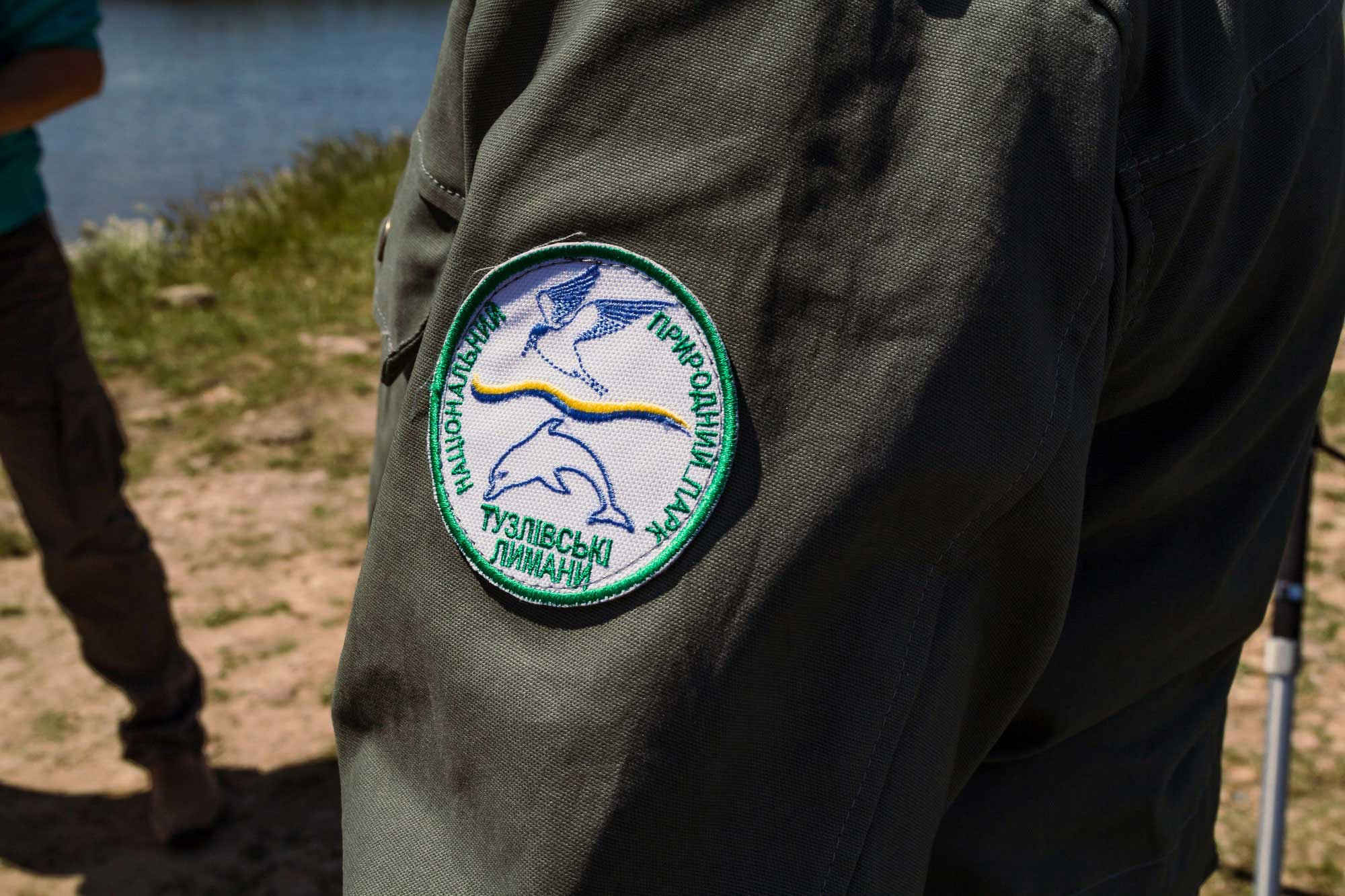
Ivan is particularly meticulous about the dolphins:
— They are very organized creatures, very clever. They cannot do without freedom, without the Black Sea. When I see them in the dolphinariums from time to time, this is a great tragedy for me. I came here to arrange some good conditions for these poor animals. We have 42 km of the marine area so that they feel calm there. For me, dolphins are the number one phenomenon. My friend, a scuba diver, told me a story about how he delivered the baby of a dolphin who had suffered from the fishermen. She was wounded and swam right on the shore to him so that he helped her give birth.
Ivan always knew that he wanted to be an ecologist. Despite the parents’ desire to make an MD out of him, he became a doctor of biological sciences.
— Mother told me, “Who are you going to become? A biologist? You should become a doctor!” A doctor?! But I don’t like it! I really enjoyed fishing with a fishing tackle. We had an artificial reservoir of the Danube river. There were shoals of fish. In summer, I would wake up at 3 AM and go fishing at that reservoir. When I was fishing, I saw the sun, saw a bright landscape. Then I began to think what it was and how it was called.
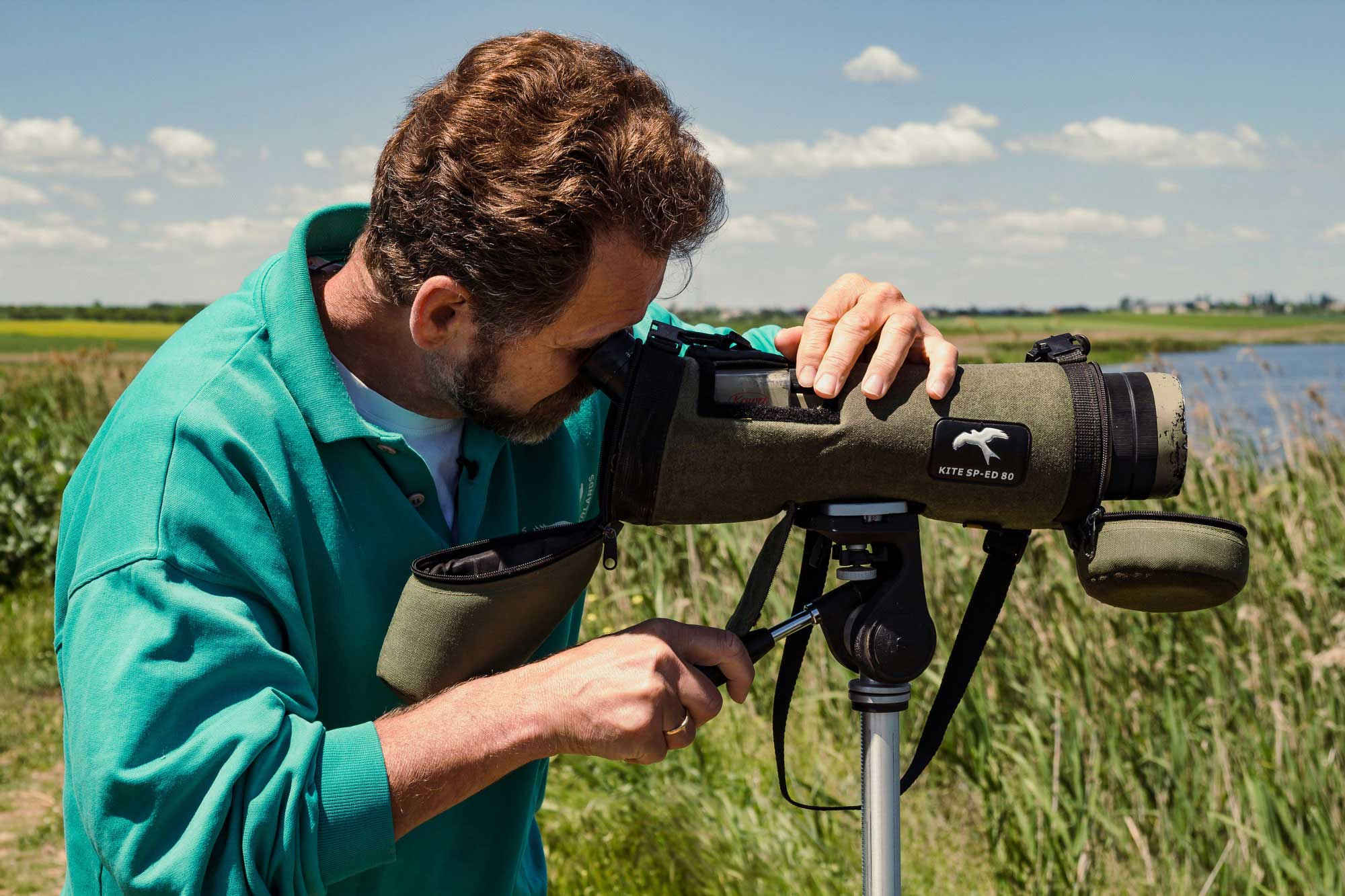
— The teacher told us about the nature of Africa, Australia. She mentioned nothing about our nature. So I started thinking about it.
Ivan says that his mother’s opinion changed after one case.
— Once I was invited to speak on television as a student who loves nature. I was so worried, because it was my first appearance on TV and because I realized my mother could see me. I talked about the problems that existed and how important it was to protect nature. Mom did not watch the report. She was told by the neighbors. Then I flew on a helicopter with an inspection and landed near the house. All the children gathered around the helicopter. Then I wrote articles for the newspapers. People started to say, “Look what a great profession your son has. Of course, he’s not a doctor, but he is real!”
— I thought I would be in this park for about a year, but it turned out that this is my third year here. I don’t know how long I will stay, because I feel that this park and the team that I am creating need me.
In August 2017, he retired from the position of a director. However, very soon, in September of the same year, he returned. Still, at the end of 2017, Ivan wrote another resignation letter and left the leading position. Since the beginning of 2018, Iryna Vykhrysiuk, an ecologist, has been working as the director of the Tuzly Estuaries National Nature Park.
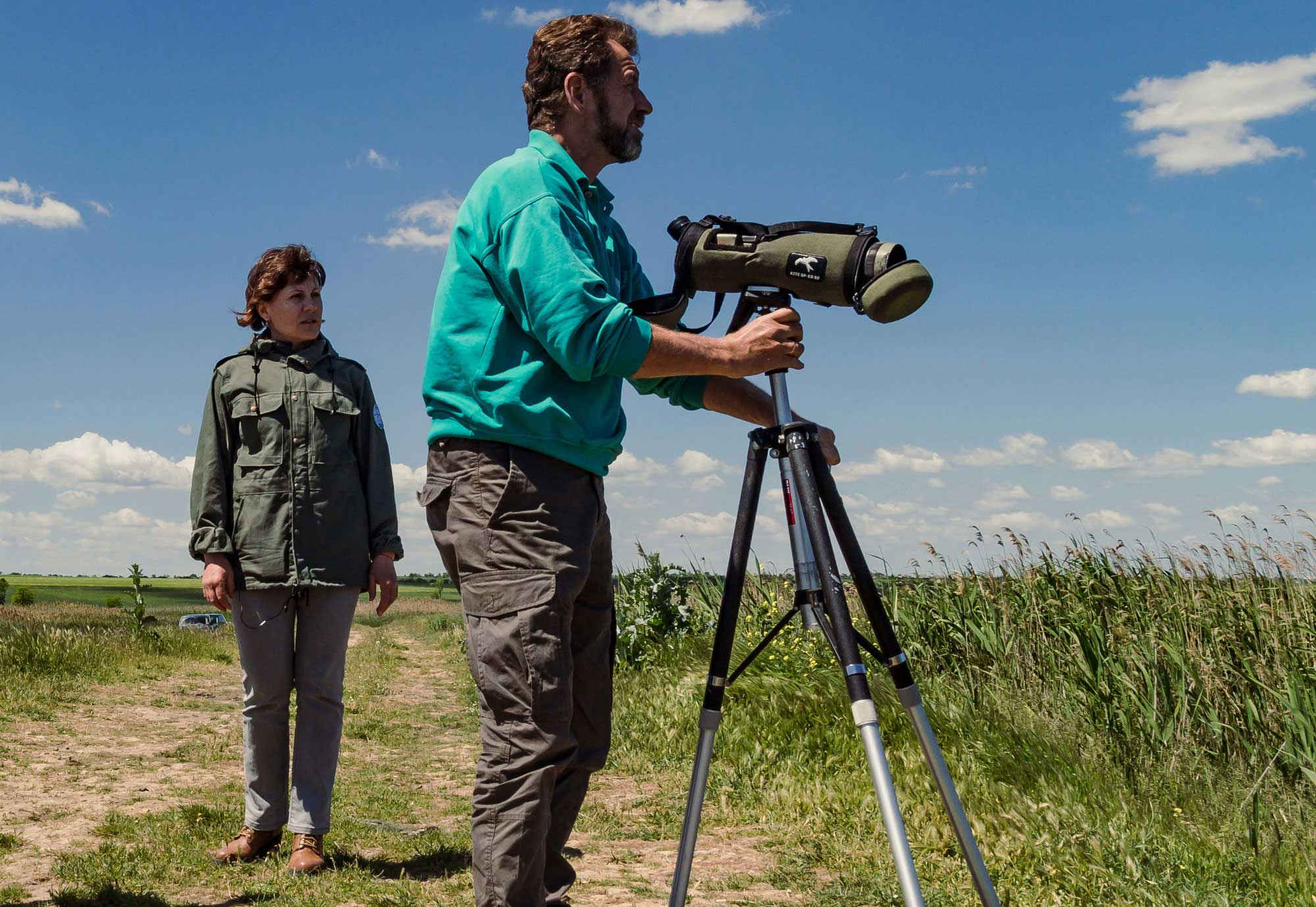
Poachers
The park area is constantly suffering from poachers and real estate developers. Ivan Rusiev says that more than 50 criminal acts have already been opened, but no case has yet been disclosed.
Ivan says that local authorities give away the land of the recreation area. So far, the zoning of the territory of the “Tuzly Estuaries” has not been completed. Poachers arrange rallies in the protected zone, destroy the information boards and attack representatives of the protection service facilities, set the valuable territory on fire, and break the virgin ground of coastal zones.
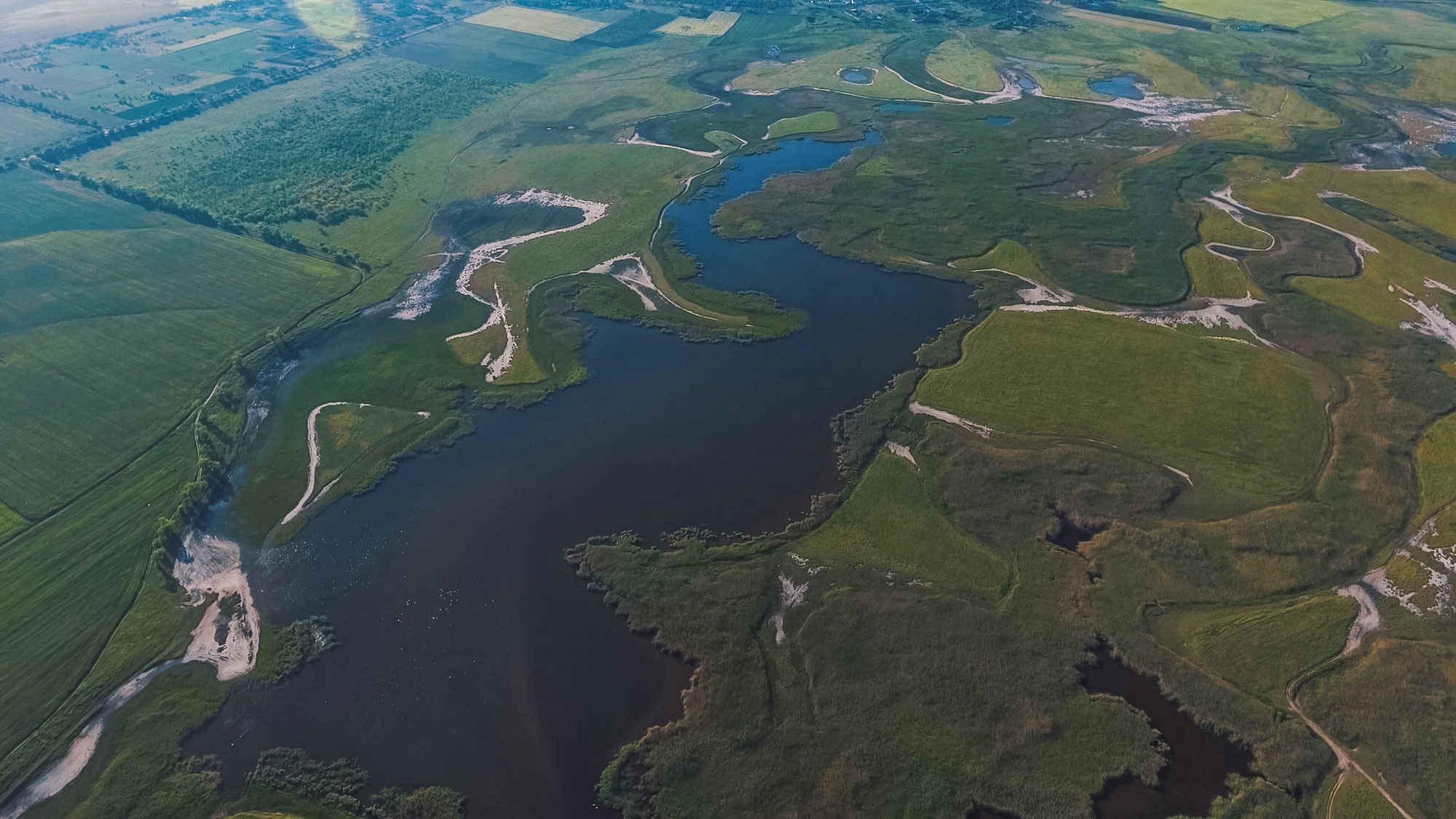
— Poachers complain about us because the ministry shrouds them. We constantly fight back. There have been cases when ministry officials called the poachers and advised how to deal with us.
Poachers close the gaps and catch fish. Workers of the park reopen the gaps on their own. Sometimes volunteers help them.
Gaps
The narrow channels through which the water exchange between the estuaries of the Tuzly group and the Black Sea happens.Ivan says that the number of “fishing enthusiasts” is increasing.
— According to our estimates, there are about 2 thousand nets in these estuaries at the moment. Of course, those people who live in these villages have the right to fish and we support it. Still, there are those who poach, break into the channels illegally and catch the shoals of fish. This is what we are going to fight.
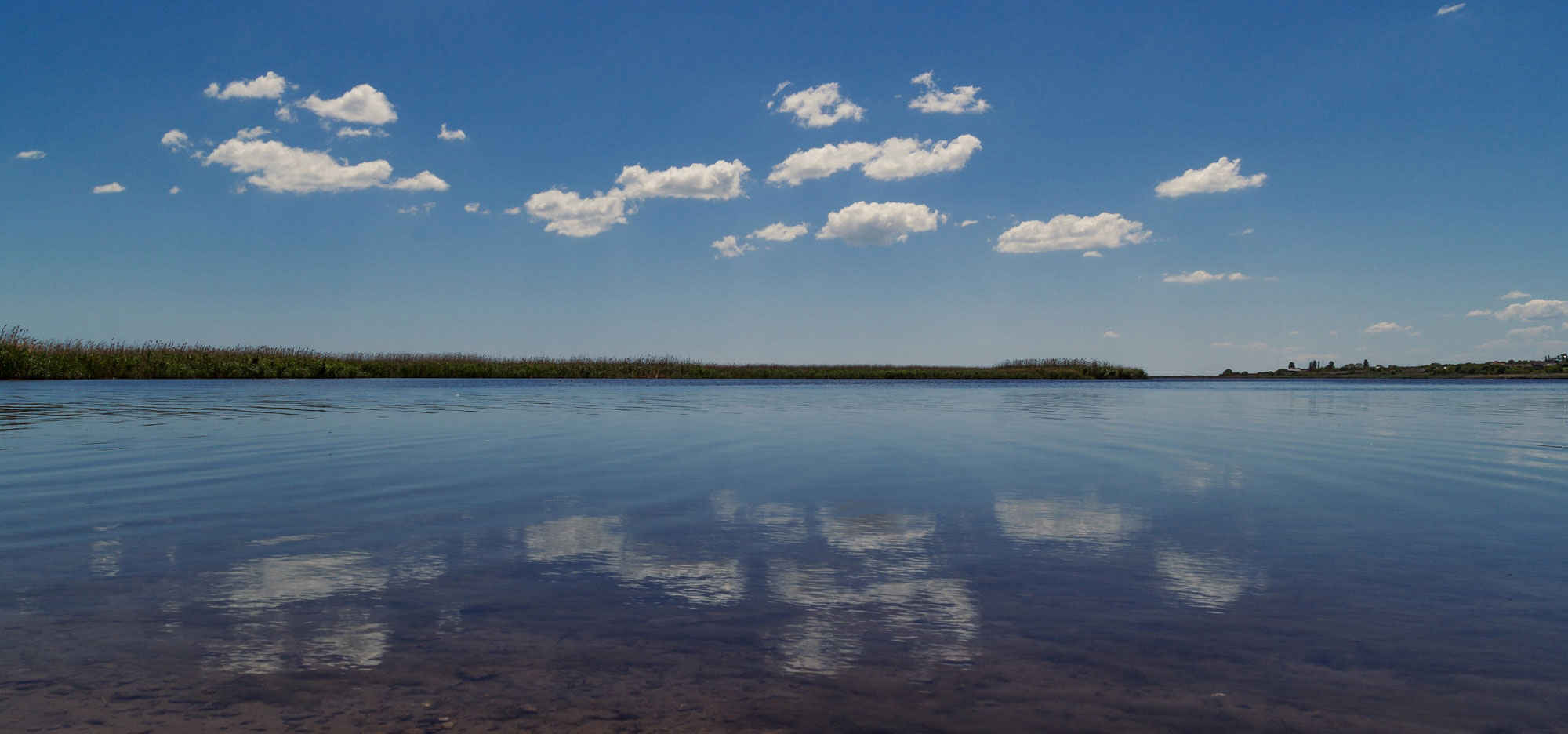
The cases when the park workers come to cut off the illegal networks and face the border guards tend to happen more and more often.
— Poachers are in collusion with the border guards. Frontiers also shroud them. We arrived to remove the nets and the border guards were supposed to help, as we have an agreement, a plan of interactions between state organizations. Instead of that, they began to draw up a protocol to the head of the State Guard Service of the park and the inspector.
The nature guards are also in a conflict with the military. The park’s management also cares for the Tarutyn steppe according to its statutes. This is a landscape reserve of local significance that does not have its own administration.
— When the reserve does not have an administration (only national parks have the management), it becomes the sweat spread. There is a document from 1946 that says the area is a testing ground for the Soviet Army. However, there is no up-to-date documentation on this site. Meanwhile, people started to ruin the steppe and turn it into an agricultural land. They say, “We must provide profit for the army because the army is poor.” Teach the soldiers there then and do not rob, because as you break the ground, you will forever lose the opportunity to restore the steppe. Ten thousand hectares of the steppe in Tarutyn raion (administrative unit) have not yet been destroyed, but we can lose it if the ministries of defense and ecology do not react.
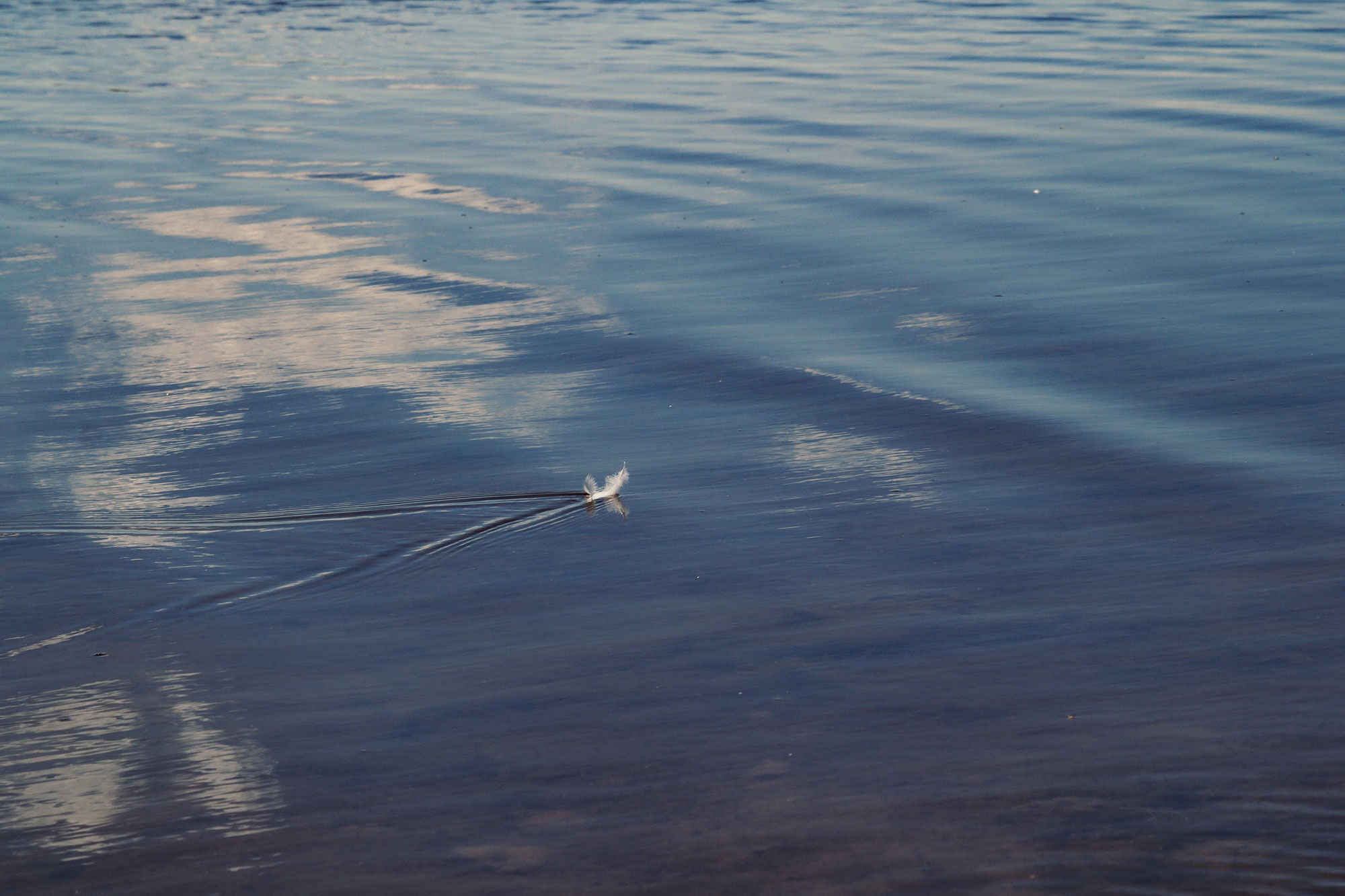
Sasyk
Sasyk is the largest estuary of the western Black Sea coast.
— Sasyk means stinky. When there was an estuary here, the process of decomposition of organic compounds, especially algae, occurred and a therapeutic swamp was formed. Some time ago locals used to have baths here. Nowadays you will find no one resting on the shore of the estuary. The reason is the possible danger to your health. Water is no longer of a high quality.
In Soviet times there was a sanatorium-mud hospital near Sasyk. It could not accommodate everyone, so people stopped at the nearest settlement in Borysivka.
— Formerly this village flourished due to a large number of holidaymakers. They treated musculoskeletal system, cardiovascular diseases, diseases of the gastrointestinal tract, as well as gynecological diseases right here.
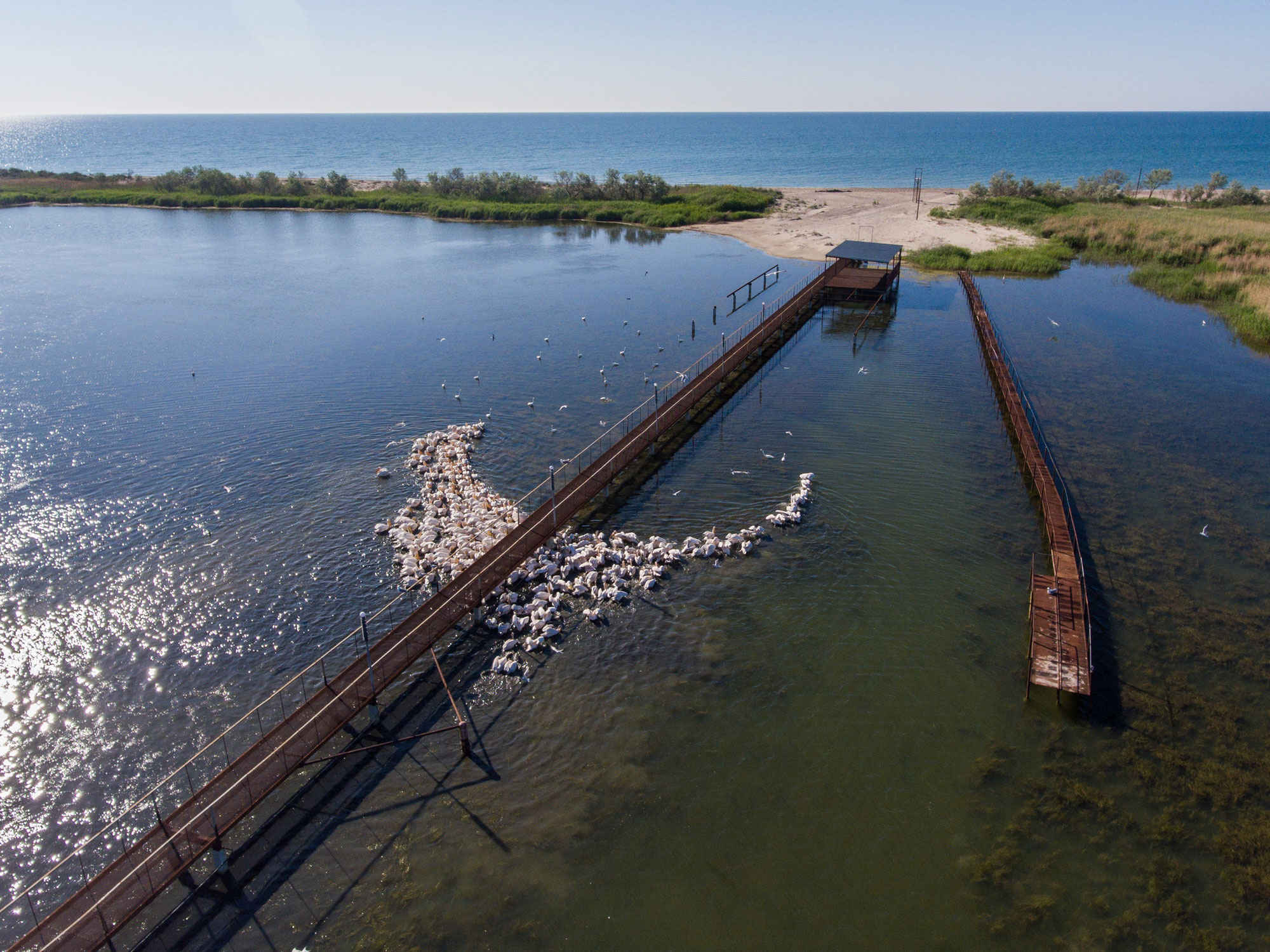
Later on, the estuary was transformed into the project of the water management complex “Danube-Dniester-Dnipro”, or in other words, into a territory of ecological disaster. According to this project, in 1978, a concrete dam, which was14 km long, was built to separate Sasyk from the sea. As Ivan says, this is exactly what caused a number of serious problems.
— By blocking the water exchange with the Black Sea, they actually turned Sasyk into an aquarium in which summer blue-green algae are blooming and toxic gas is released. In fact, this territory became impossible to live in during hot summers because of the very high level of danger in the sanitary-epidemiological terms.
slideshow
Due to the construction of the dam ,the water in the villages of artesian wells disappeared. Consequently, two rivers, which flew into Sasyk, Sarata, and Kohylnyk were dusted, and the villages became regularly flooded.
— The cause of the problems was indeed an authoritarian state. Still one of the sources of the problem was a human sin – when a person believes that one is wiser than nature;
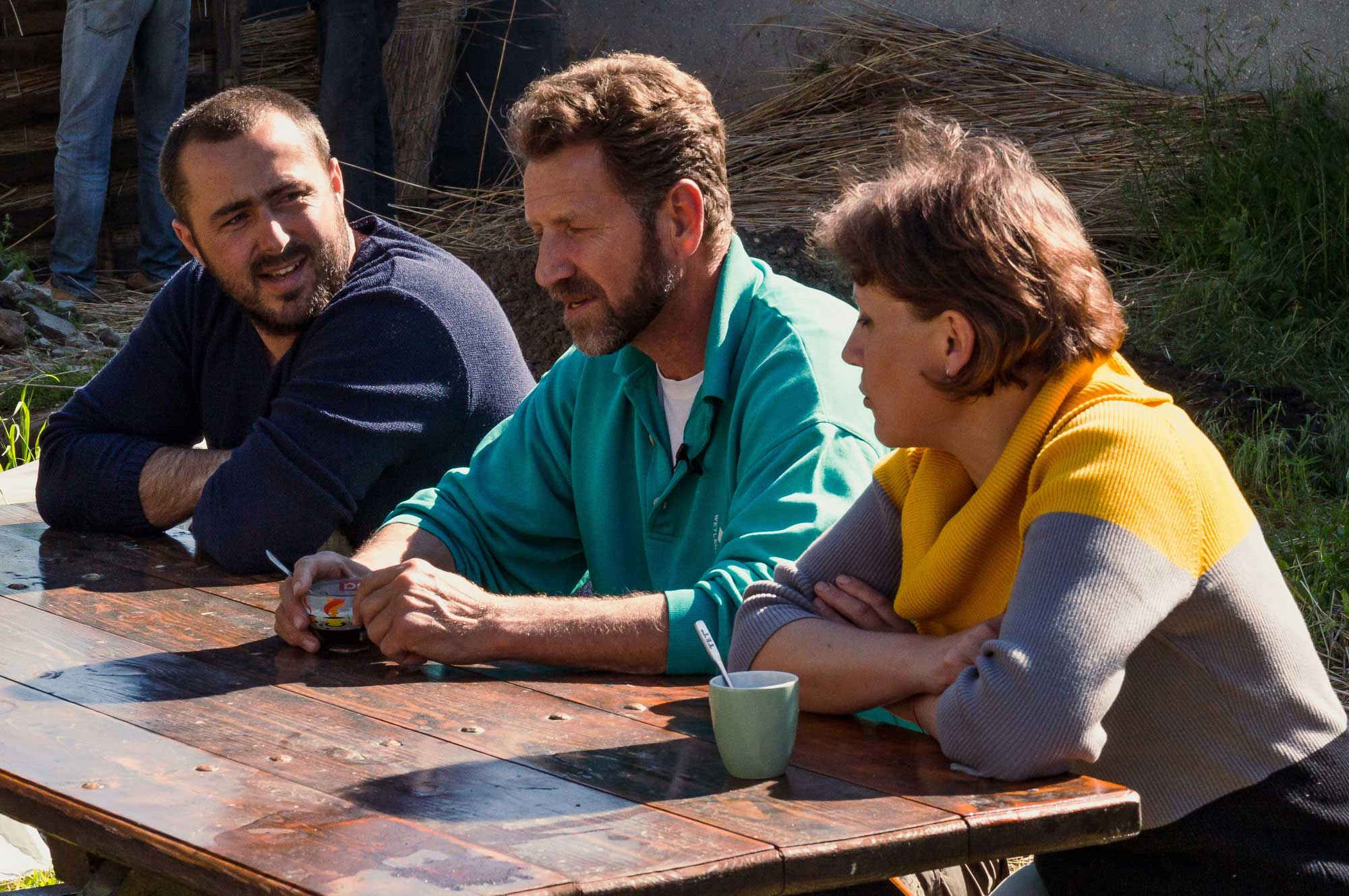
Volunteers
Ivan Rusiev is sure that volunteer help is the most important resource thanks to which the park survives.
For instance, the park received binoculars and telescopes to oberve birds and detect poachers with the help of an enthusiast from the Royal Society for the Protection of Birds of the Netherlands.
Volunteers help to clear the gaps and build an island for the birds. The islands are very necessary so that the birds can build nests.
— We have a huge amount of water – 12 thousand hectares, but there are practically no islands. Only the spits through which the predatory ground mammals, such as foxes, badgers, jackals, and raccoons pass through. They destroy the nests and little chicks. And now, when we are building an island, predators cannot get to it. Birds immediately settle on these islands. This way we give them the opportunity to be reborn. Now we have a small completed program. There are 42 nests of a very rare bird pied avocet that is in the Red Book of Ukraine.
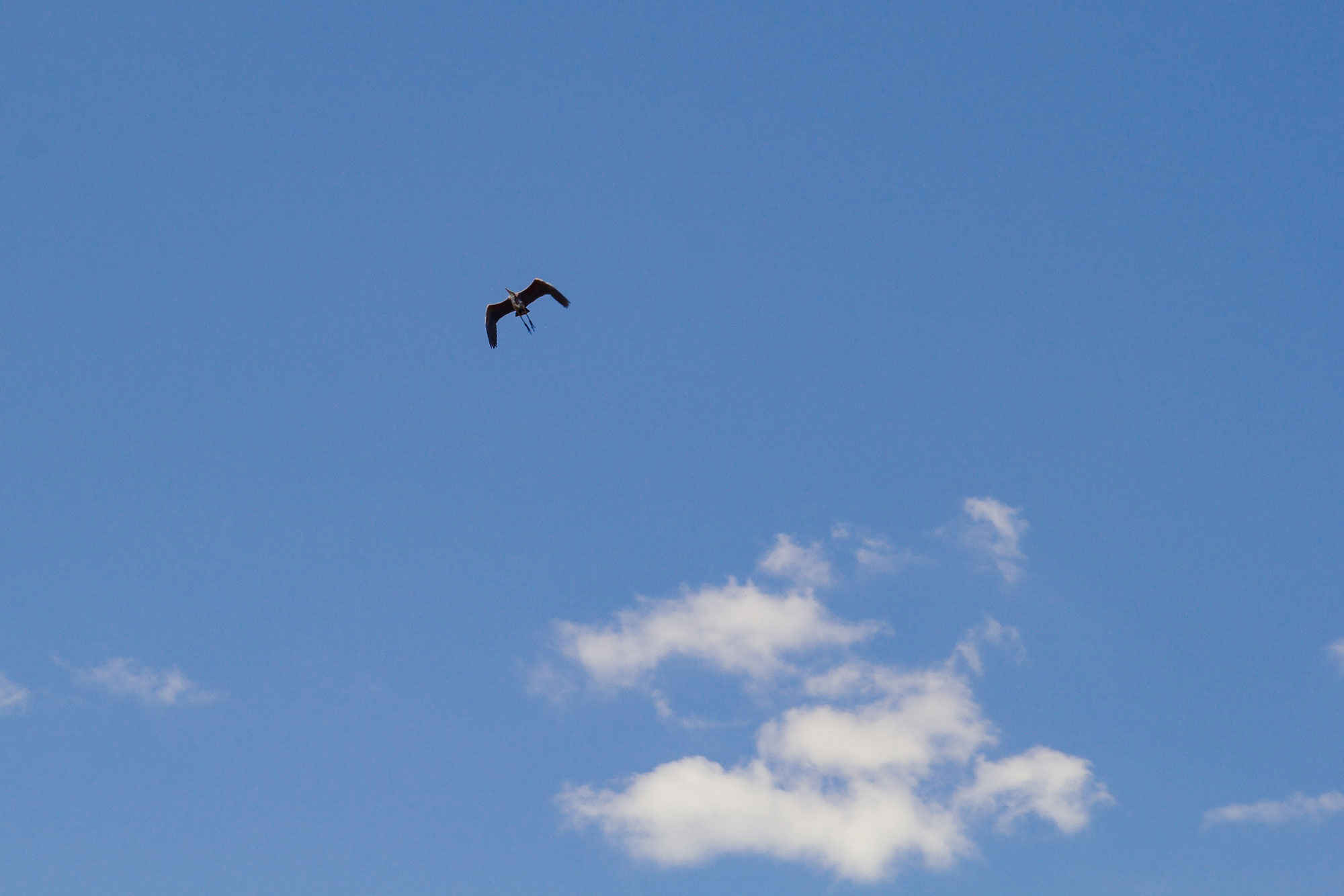
Islands for Dalmatian pelicans are already among the plans for the following year. The islands are constructed from a vine, which is delivered here from the nests in the coastal zone. These are put on the rafts and taken to shallow water. The right form and look are given right on the spot.
— We fill them with a vine and tamp them down. Depending on the kind of birds we want to attract, we then cover it either with hay, shells, or reed. Such structures are durable enough, because salty water and the vine do not rot. Another settlement is formed at the bottom of a new construction. This is the home for actinia (a kind of coral polyps), minnows of fish.
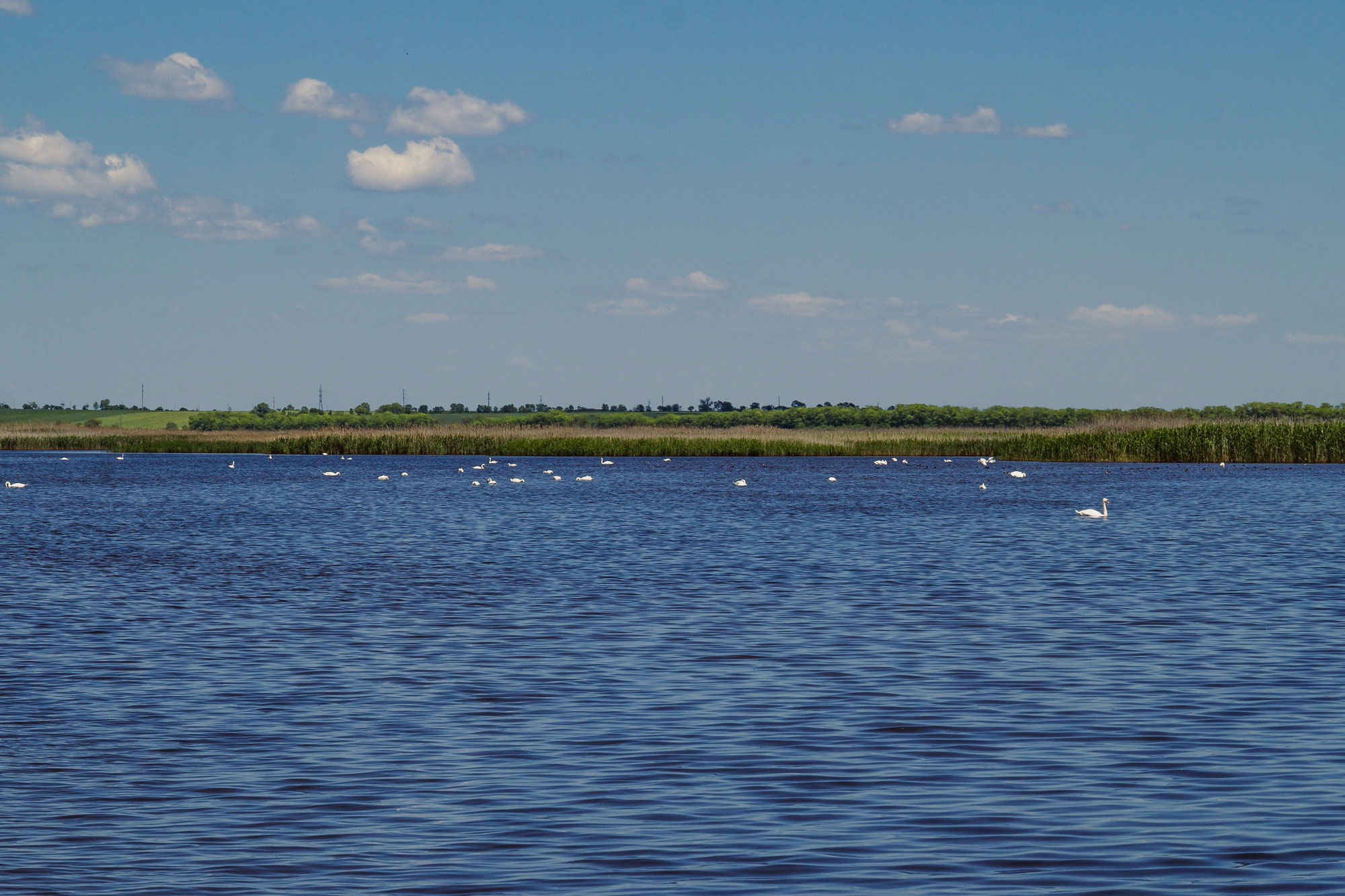
Volunteers are also involved in the construction of ecological groins, the arrangement of paths for tourists, the formation of places for parking, surveying tourists and vacationers.
Ecological groins
Buildings perpendicular to the shore that protects it from collapse.Some people do not help with physical activities but offer legal assistance. They protect the interests of the park as activists.
— There are volunteers who live in Kyiv and Odessa. They contact with officials, do reports, organize pickets if that’s necessary.
— We cooperate with many schools, teachers, children who visit our park and study certain objects, birds, and plants. And we rely on these people. This is the future of our park, of a large community, of a district.

